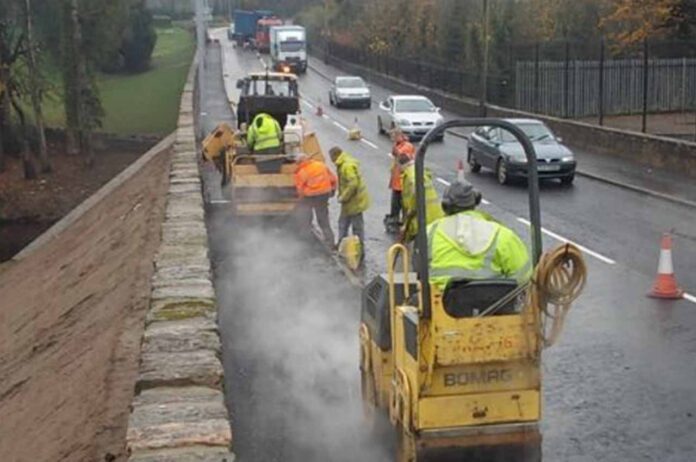There are various types of defects and failures in asphalt pavement. Each failure has its classification and different method to repair. It is important to know the types of fault and its causes before start doing the repair work. This is necessary so that you can implement a long-lasting repair solution.
Here, in this article, we are going to discuss various types of asphalt pavement defects and failures.
- Pothole
It is one of the most common issues in asphalt pavement. The potholes are formed due to seeping inside the cracks and when it freezes up, then exert pressure on the pavement and results in a pothole. When potholes form, the base aggregates start appearing.
The potholes pose various other problems like damage to vehicular suspension or road accidents. The potholes are usually appearing when you fail to do maintenance. You should take the help of experienced service providers such as Asphalt Laying Services Sydney in your area to repair potholes.
- Fatigue Cracks
This is another common failure in asphalt pavement. The fatigue of pavement often results in a cracking pattern that looks like a spiderweb. Therefore, fatigue cracks are also known as alligator cracking or spiderwebbing.
The main cause of fatigue cracks is improper to base structure or penetration of an excess amount of water. When the fatigue cracks are not major, then a simple coat of crack reflection solution can help you to get rid of it. But, when these cracks are severe, then the specific area should be replaced with new pavement.
- Blowout
The blowout is the worse condition of the pothole. It occurs when the base foundation fails and leads to blowing out of asphalt along the edges. Usually, it is required o do extensive base repair to fix the blowout problem in asphalt pavement.
The main cause of the blowout problem is the lack of support from the base structure. For repairing blowouts, entire basement reconstruction is suggested.
- Reflection Cracks
These types of cracks take place when the old cracked asphalt is fixed with a new layer of asphalt. The old cracks beneath the new layer of asphalt will come out after some time.
The main cause of the reflection cracks is the relative movement of older asphalt with a new layer. Gradually, the old cracks will start appearing. The best way to get rid of reflection cracks is BST treatment.
- Sink Hole
These holes appear due to subsurface drainage system the affects the base foundation of the pavement. With time, the erosion forms the cavity beneath the pavement and that forms sunken pavement.
The sinkholes that are formed over the main drivelines should be repaired immediately to avoid road accidents. It is important to know the major reason behind the formation of a sinkhole. Sometimes, the major reason for sinkholes is a plumbing problem or drainage leaks.
- Block Cracks
The block cracks are also known as shrinkage cracks. The block cracks are usually appearing in old asphalt pavement that handle only a low volume of traffic.
The main cause of this crack is allowing asphalt pavement to shrink in a horizontal direction because little stress is applied. To repair the block cracks, you should fill the pavement with a hot crack filling solution. It will prevent the penetration of water inside the pavement.
- Rutting
The rutting is the formation of the depressed area within the wheel tracks over the road. This type of problem occurs due to weak foundation and less ability of asphalt road to handle the load. This problem usually occurs in fatigued drive lanes.
- Linear Cracks
Due to the penetration of water inside the cracks, the base foundation starts saturating. That means the surface asphalt need to absorb more water to compensate for the stress. This results in the failure of asphalt and the formation of cracks.
The linear cracks are also known as an alligator cracking or spiderwebbing. It is required to fix these holes as soon as possible, otherwise, they will form big potholes.
- Raveling
This problem takes place when the stone aggregate loses the bond with asphalt. This problem usually occurs in old asphalt pavement.
With time, more stone aggregates start loosing bond and the entire pavement will prematurely fail. The best method to repair this problem is to apply a fresh layer of asphalt over the old pavement.
- Slippage Cracks
When the fatigued area of asphalt pavement is continuously exposed to rain or traffic, extensive movement between cracks takes place. This results in loose stone aggregates of asphalt and results in the formation of deep potholes.
These cracks should be filled with asphalt layer to prevent the situation from going worse. Otherwise, the entire foundation with fail and you have to repave the driveway.
READ ALSO: Tips and Solutions to Your Anxiety Problems




























